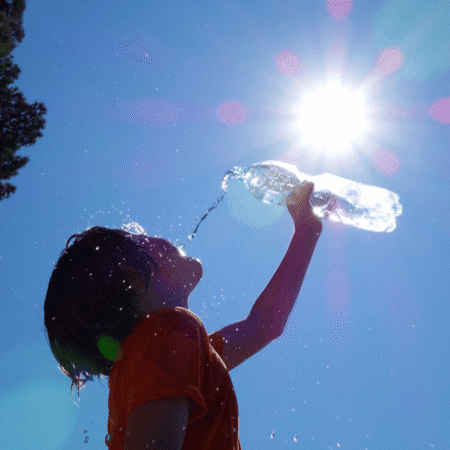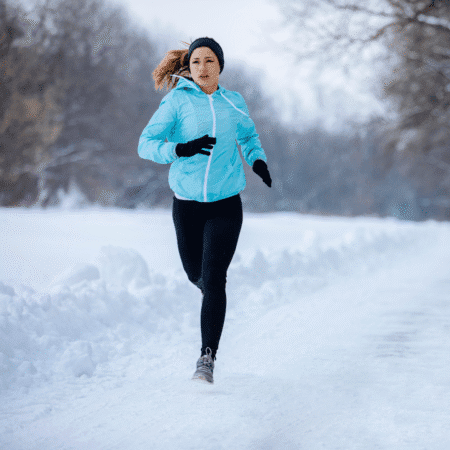Hydration Strategies for Long Runs & Hot Days (Even in Winter)
Staying hydrated is crucial for marathon runners, whether you’re training in the sweltering summer or braving a chilly winter morning. Dehydration can sneak up on you, impacting your performance, recovery, and overall health. In this guide, we’ll cover the best hydration strategies for long runs and hot days, with tips that apply year-round—even when the weather is cold.
Why Hydration Matters for Marathon Runners
Proper hydration helps regulate body temperature, lubricate joints, and transport nutrients for energy and recovery. During a marathon or long training run, your body loses fluids through sweat—even in winter. Failing to replace these fluids can lead to fatigue, cramps, and decreased performance.
Signs of Dehydration During Long Runs
- Thirst and dry mouth
- Headache or dizziness
- Dark yellow urine
- Muscle cramps
- Fatigue or confusion
If you notice any of these symptoms during your marathon training, it’s time to adjust your hydration plan.
Hydration Tips for Hot Weather Runs
- Pre-Hydrate:
- Start your run well-hydrated. Drink 16–20 ounces of water 2–3 hours before your marathon or long run.
- Electrolyte Balance:
- Sweating leads to loss of sodium, potassium, and other electrolytes. Use sports drinks or electrolyte tablets during runs longer than 60 minutes, especially in hot weather.
- Drink Early and Often:
- Don’t wait until you’re thirsty. Sip 4–8 ounces of water or sports drink every 15–20 minutes during your run.
- Dress for the Heat:
- Wear light, moisture-wicking clothing and a hat or visor to help manage sweat and sun exposure.
Hydration Strategies for Winter Marathon Training
- Don’t Skip the Water:
- Cold weather can suppress your thirst, but your body still loses fluids through sweat and breathing. Stick to your hydration schedule, even if you don’t feel thirsty.
- Warm Fluids:
- Carry a thermos with warm water or herbal tea to make drinking more appealing on cold days.
- Monitor Sweat Rate:
- Weigh yourself before and after runs to estimate fluid loss and adjust your intake accordingly.
How to Create a Personalized Hydration Plan
- Calculate Sweat Rate:
- Weigh yourself before and after a one-hour run. Each pound lost equals about 16 ounces of fluid.
- Adjust for Conditions:
- Increase fluid intake on hot, humid, or windy days. In winter, don’t decrease your intake drastically—your body still needs hydration.
- Practice During Training:
- Test your hydration plan during long runs to see what works best for your body and stomach.
Marathon Day Hydration Checklist
- Hydrate well the day before
- Bring your preferred fluids or know what’s available on the course
- Start sipping early in the race
- Listen to your body, but don’t rely solely on thirst
Hydration is a year-round priority for marathon runners. By following these strategies, you’ll be better prepared for long runs and race day—no matter the weather. Remember, every runner is different, so experiment during training to find your optimal hydration routine.








